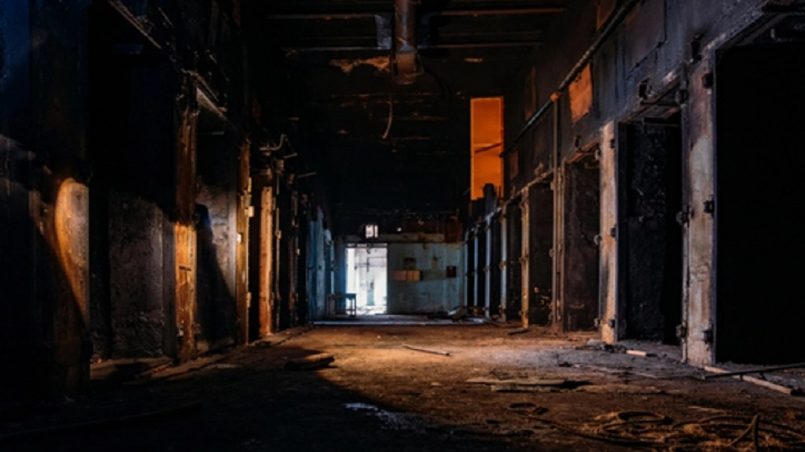Fire damage may be disastrous for homes. Not only does it leave behind charred materials and soot, but it can also affect the structure of your home and create foul odors.
Not Inspecting the Damage
A fire can have severe consequences. Charred materials, black dust, and smoky odors can leave your property looking like a disaster zone.
You must also touch items or return to the property once the fire department deems it safe. If touched, it may be contaminated with toxins that could cause serious health issues.
Also, if you venture inside the house, you may encounter confined spaces requiring special training and equipment. These confined spaces might have toxic gases, a lack of oxygen, or explosive conditions that can harm your health. In addition, if the water used to put out the fire was contaminated with chemicals or heavy metals, the water might be toxic and require special cleaning services. This is why you should leave all these things to the experts at a professional fire restoration company. They will assess the damage and devise a plan of action accordingly.
Not Wearing the Right Equipment
Fire damage cleanup is a complex and challenging process, often involving dealing with more than just smoke. It also addresses water damage caused by firefighters and potentially repairs structural damage. Hiring professionals familiar with fire and smoke damage restoration complexities is essential.
Before beginning any cleanup efforts, it is crucial to ensure that the property has been declared safe by the fire department. Once this is done, it is time to start clearing debris and disposing of items the blaze has impacted.
During this process, it is essential to wear proper clothing and gloves. Soot and other debris can be dangerous as they irritate the skin and respiratory system when inhaled. It can also etch surfaces and cause permanent damage. Additionally, avoiding using electrical appliances until inspected and adequately cleaned is essential. This is because the fire and smoke may have compromised the wires.
Not Disposing of the Debris Properly
Fire damage restoration is a complex and labor-intensive process requiring much time and expertise. It involves securing the property, removing all debris, resolving water damage caused by firefighting efforts, cleaning and treating all surfaces with deodorizers to remove smoke odors, and more. This process can be dangerous and should only be completed by a professional.
Before beginning any cleanup work, it’s essential to ensure that the area has been declared safe by fire officials. It’s also necessary to wear appropriate personal protective equipment, including closed-toe shoes, long pants and shirts, gloves, safety goggles, and a mask.
The next step is carefully reviewing the property and determining which items can be salvaged. It’s also important to document all damage for insurance purposes. If any non-perishable food is burned, it should be thrown away as it could contain harmful chemicals or spoil. Sealing vents and ventilation ducts are also essential to prevent the spread of dust and soot throughout the property.
Not Having the Right Equipment
There are a lot of things that can go wrong during fire restoration, even after the firefighters have extinguished the flames. There can still be structural damage that needs to be addressed, lingering soot on surfaces that require scrubbing and cleaning, and water damage from firefighting efforts.
There’s also the potential for mold, which can develop rapidly after a fire. In addition, perishable food must be thrown out (refrigerators and freezers must be opened once the electricity has been shut off). Cosmetics and medicines exposed to smoke, water, or firefighting chemicals should be discarded, too.
Finally, the proper equipment must be used to perform fire restoration services. This includes air movers, HEPA vacuums, and other tools to clear the debris and sanitize contaminated areas. Workers must also have a designated area to store their PPE and change into street clothes so that the smoky residue doesn’t cling to them, creating cross-contamination.


